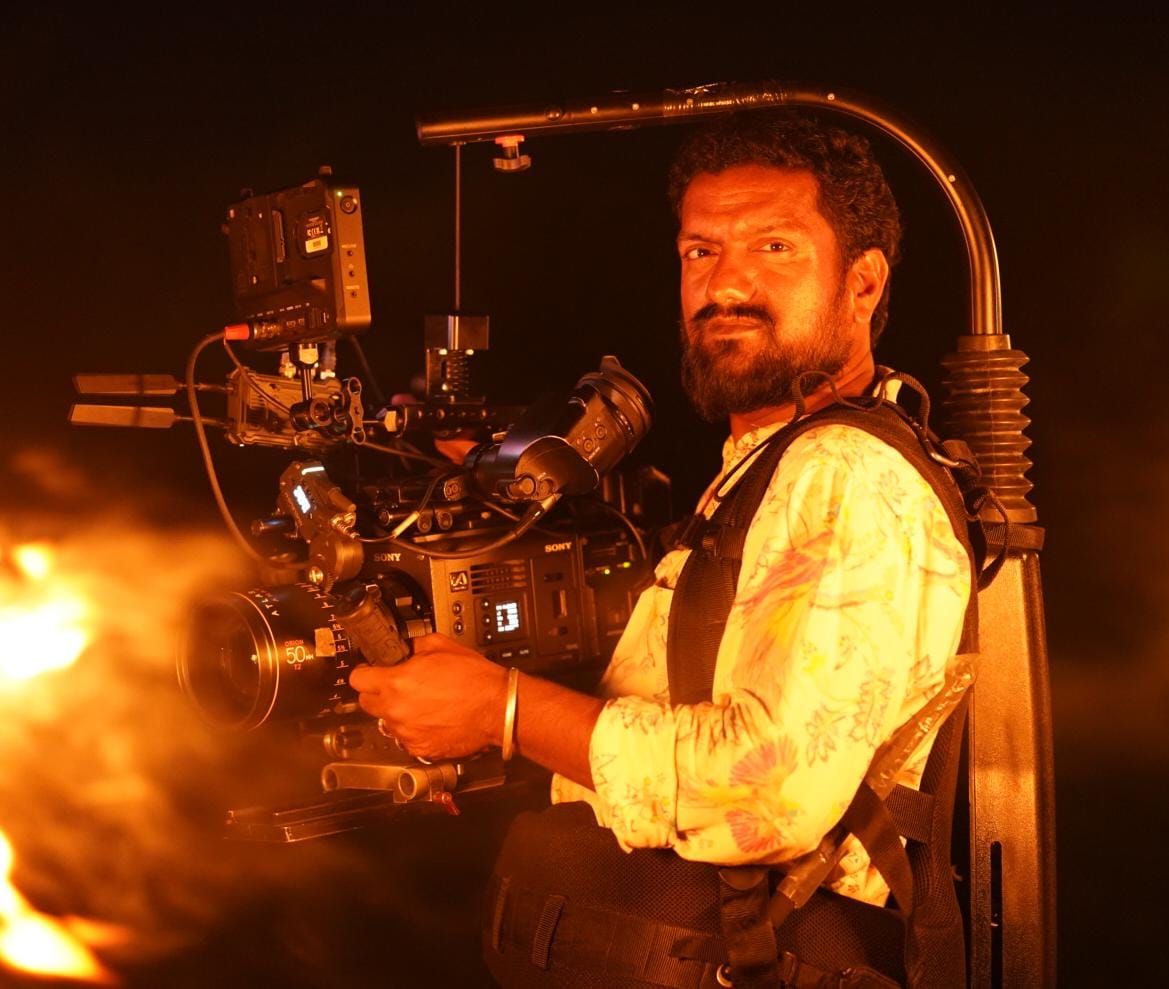
Jama: Gopal Krishna DOP!
Sep 20 2024
Jama recently released Tamil feature film been hailed by audiences and critics.
This film traces soulful episodes of a Street play Koothu artist life.
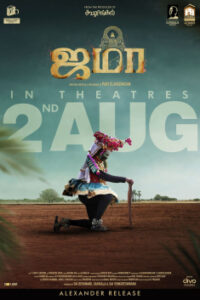
Cinematography by Gopal Krishna received wide acclaim.
Gopi shares his journey from light officer to Cinematographer with SICA
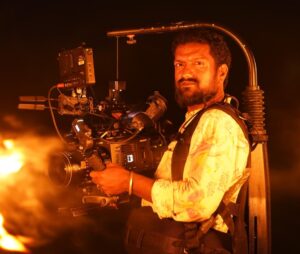
What was your initial thought when you heard the narration of Jama from Director Pari Elavazgan?
Upon hearing the narration, I was immediately reminded of the visual scheme from Mullum Malarum by Balu Mahendra, which was shot in a spherical format. I decided to adopt that approach but present it in an anamorphic format for Jama.
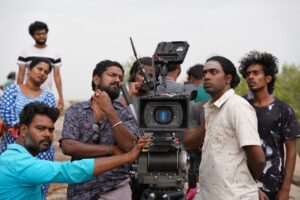
What inspired you to use anamorphic lenses for this film?
My inspiration came from A. Ramesh Kumar’s work in Oomai Vizhigal, which redefined the use of cinemascope in Tamil cinema in 1986. At that time, I was working as a light officer, and his work left a lasting impression on me. Additionally, I wanted to showcase the Tiruvanamalai location on a wide scale, and anamorphic was the perfect creative choice for that.
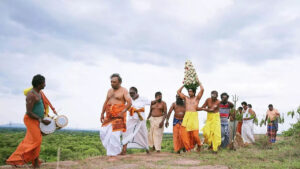
What camera and lenses did you use for Jama?
I shot the film using the Sony Venice camera paired with Atlas anamorphic lenses. My favorite focal length for this project was 50mm.
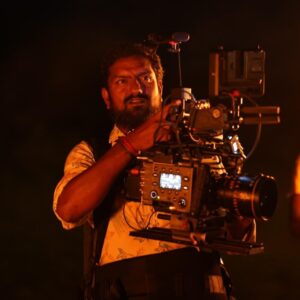
How did you approach staging the film’s important conversations?
The important conversations in the film follow a mise-en-scène staging format. I wanted to present the performances without any interruptions or cuts. Initially, we rehearsed these scenes continuously using a mobile phone, and once we saw that it was working well, I used a Steadicam to shoot the scenes.
How did you approach the composition of landscape shots in the film?
For many of the landscapes, I aimed for a pictorial composition with steady, structured blocks to give it a classic look. I wanted to ensure that the visual appeal of these scenes would leave a lasting impression.
How did you manage lighting for the daylight scenes?
My goal was to match the daylight scenes as accurately as possible with the ambient lighting. Even for backlit scenes, I tried to imitate how natural light would realistically fall on the characters, maintaining the authenticity of the lighting.
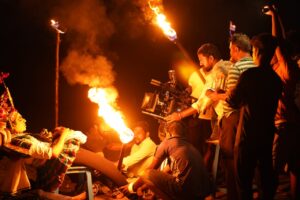
Can you tell us about your approach to lighting for the night sequences, particularly the street play (koothu) scenes?
For the street play sequences, I wanted to achieve a sense of realism by focusing on a strong spotlight that illuminates the performance area, while the surroundings remain engulfed in darkness. I underexposed the scenes slightly, relying on existing light and shadow to bring out the mood.
You have 18 years of experience as a light officer. How did you transition to becoming a DOP?
It wasn’t an easy journey. My career as a DOP was made possible because of A. Ramesh Kumar. During the shooting of Oomai Vizhigal, there were six of us serving as light officers under one chief. However, Ramesh Kumar broke the norm by rotating each of us to act as chief light officer every week. He also took the time to teach me the nuances of cinematography during the shoot. This experience was pivotal in my growth.
What was your experience working with Director Pari Elavazgan on Jama?
I had a great rapport with Director Pari throughout the project. The entire journey started with us shooting a pilot film in just two days. We shot 16 scenes, resulting in 45 minutes of footage, which we used to showcase our creative vision. That pilot film eventually shaped into the feature film Jama that you see now.
How do you feel about the reception Jama has received so far?
I’m incredibly happy that the film is receiving accolades, not just for its classic story but also for the stunning cinematography. It’s been a rewarding journey, and I’m proud of what we’ve accomplished with this film.
Article by
CJ Rajkumar
Author/ Cinematographer
